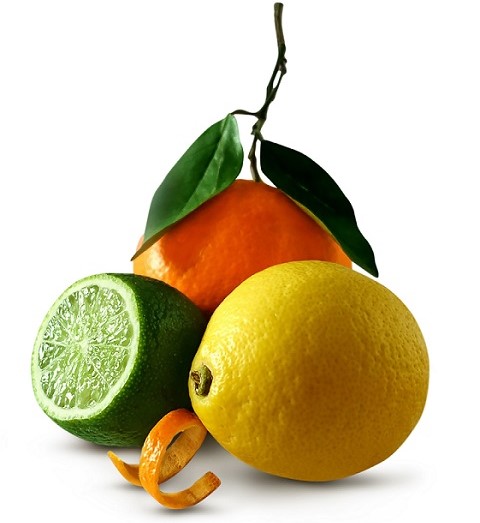 Regular consumption of homemade sauerkraut is one of the most affordable ways to populate system with beneficial bacteria for optimal gut health and immune function.
Regular consumption of homemade sauerkraut is one of the most affordable ways to populate system with beneficial bacteria for optimal gut health and immune function.
Food fermentation has a very long history as people learned to preserve foods very early on and fermentation has been one of the main methods of preservation. There are many benefits of consuming fermented foods as they are packed with beneficial bacteria. Moreover, a relatively large fraction of those bacteria survives passage through the human digestive tract, resulting in a more diverse microbiome. Besides, fermentation changes flavor and gives a pleasant acidulous flavor.
There are so many fermented foods to choose from, with sauerkraut being one of the most known among them. It’s made by a process of pickling called lactic acid fermentation that is similar to how traditional pickled cucumbers and kimchi are made. Like any traditionally homemade food, sauerkraut can be prepared and used in a number of ways. In Russia it’s added to borscht and salads, used as a stuffing for pies or simply enjoyed as a quick and tasty snack. Many people prefer to use a classic recipe for homemade sauerkraut, which requires very few ingredients, such as white cabbage (aka green cabbage), carrot, salt and sometimes water to make a brine.
- 1 small head white cabbage
- 1 medium carrot
- For brine:
- 1 litre filtered water
- 2 tablespoons of salt
- 2 teaspoons of coconut sugar
- 1 bay leaf
- First, make the brine: in a saucepan, combine water with the salt, coconut sugar, and bay leaf and bring to a boil. Remove from the heat and let it cool to a room temperature.
- While the brine is cooling prepare vegetables: quarter the cabbage, discard the outer leaves & core and thinly slice or shred the cabbage, then shred the carrot.
- Combine shredded vegetables with a few pinches of salt in a large bowl and knead well until juice is released; then pack the cabbage mixture firmly into the glass jar.
- Once the brine is cooled pour it over vegetables until brine reaches 1 inch above the mixture. Place a fragment of a cheesecloth on top of the jar and leave the mixture to ferment for 3 to 4 days.
- Store in the fridge.
Have you got my cookbook?
It’s a collection of frozen “ice cream” dressings & desserts
to “zest up” paleo and AIP meals!



Leave a Reply